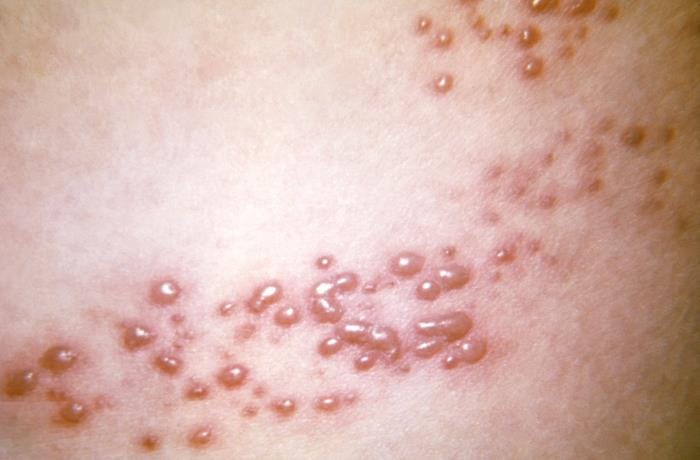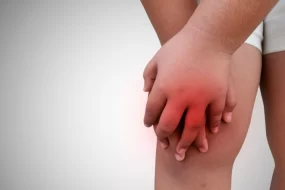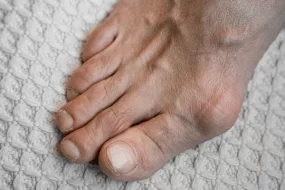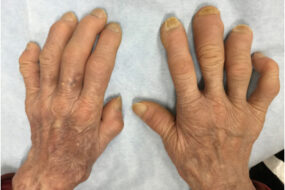- Home
- INTERNAL MEDICINE
- Shingles (Herpes Zoster)

Cause- reactivation of the varicella-zoster virus. The virus is spread via aerosol and direct contact. The virus then persists in the dorsal root ganglion of sensory nerves.
The main risk factor for reactivation is immunosuppression, including HIV
Clinical features
- Burning sensation in affected dermatome. Vesicles form 3 to 4 days later
- Paraesthesia without a rash can occur (zoster sine herpete)
- Low immunity causes severe disease, prolonged duration of the rash and multi-dermatomal involvement
- Thoracic dermatomes are mainly involved
- Corneal ulceration if the ophthalmic division of the trigeminal nerve is involved. May cause blindness
- Ramsay Hunt Syndrome
- Bowel and bladder dysfunction in sacral root involvement
Management
- Early therapy with acyclovir
- Postherpetic neuralgia;
- analgesia
- amitriptyline (25-100 mg daily)
- gabapentin (300mg daily) or pregabalin (75mg bd)
- Capsaicin cream (0.75%)
- No evidence for the use of glucocorticoids
Complications
- Cranial nerve palsy
- Encephalitis
- Granulomatous cerebral angitis
- Myelitis
- Postherpetic neuralgia- for older patients












